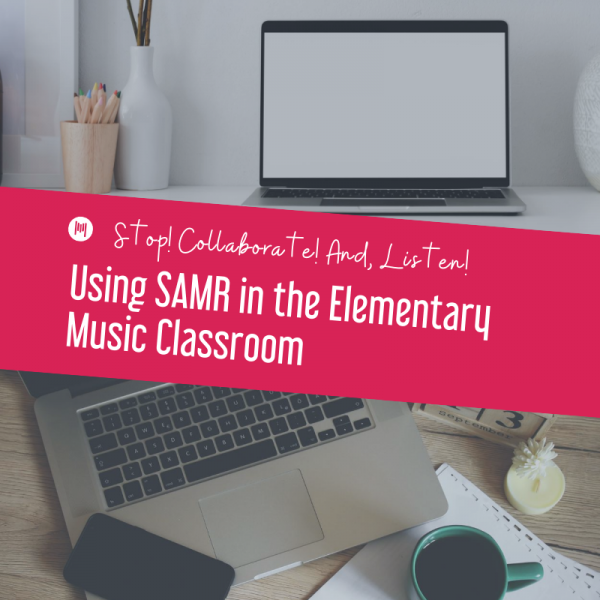
This is a guest post by Katherine Miller and Alison Capelle
As educators we are all very different. We have different experiences, expertises and comfort levels, especially when dealing with technology! Although many school districts across the world are still deciding how school will look in the upcoming year, technology will probably be part of the solution (even if it is just temporary) regardless of our background or comfort level with it. We have been there before!
Both of us had been music educators for 10 years before we entered our current school district that has 1 to 1 devices for all students in Kindergarten through 12th grade. Obviously, technology integration was held in high regard by the community and we were encouraged to find a way to incorporate student devices into our elementary music classrooms just like all the other classrooms in the district.
Sound familiar? Many educators can relate to our experience now because of the worldwide quick launch into integrating technology as a means for students to learn virtually this past spring.
At the time, technology integration seemed overwhelming because of our own comfort level AND because we wanted our time with students to include active music making experiences. However, we could not deny that students were interested and excited about their devices. It also seemed like students were engaged in learning that included them. And, of course, it was an expectation of us working in a district that is fortunate enough to have devices for every student.
As Rob Van Winkle, known more commonly as Vanilla Ice, said, “Stop! Collaborate! And, Listen!” During professional development delivered by our district technology staff, we were introduced to the SAMR Model. The SAMR Model is a framework and visual representation of how technology can be integrated into teaching and learning.
This model really helped us to be able to reflect on our own teaching and easily see ways that we could incorporate student devices into what we were already doing. No need for any brand new inventions!
It also allowed us to truly see the possibilities technology had in enhancing our classroom in an authentic and MUSICAL way. Maybe it can help you to see the possibilities in the upcoming school year, too!
What is the SAMR Model?

(Image was created by Dr. Ruben Puentedura, Ph.D.)
The SAMR model is a framework created by Dr. Ruben Puentedura that separates classroom technology integration into four different categories: Substitution, Augmentation, Modification and Redefinition. These four categories address the depth in which technology is integrated into student learning.
The SAMR model gave us a clear idea of the different ways we could “level up” lessons that we were already using with students rather than writing all new lesson plans with the purpose of integrating technology.
The framework also clearly shows that there are many ways to differentiate technology experiences for students within your own content. Lastly, this framework really pushed us as educators to continue to explore and use our creative, musical brains to reshape our students’ learning beyond what we might have been able to do without the help of technology.
As we explain the SAMR model in more depth, we do want to make a few acknowledgements about common misconceptions educators might have in understanding the SAMR framework and how it can work in your own teaching practice.
- We are aware, and the framework addresses, that everyone is at a different stage of using technology in their classroom. Using technology in place of something else is still a big jump for some people and that is ok! Substitution is an important level and has a valid place in the elementary music classroom. It is not the “lowest” level. It is just one of the four possibilities!
- Redefinition is NOT always the goal! It is more like a place you might visit from time to time, maybe even just once a year. The ultimate goal of technology integration is student learning and their mastery of the content, same as any other method you might use in your classroom. All four categories, or levels, will be used by even the most savvy tech users.
- Technology can never completely replace active music making in the elementary music classroom. It is just one more tool in your toolbox to help all students to be their most musical selves. Some students feel the most musical while singing. Some feel that way by playing instruments. And, whether we are comfortable or not, some of our students feel the most musical when using technology. We can provide experiences for all of these different students in our music room even if they are at their own house.
SAMR for Music Educators
Substitution
This level refers to using technology as a substitute for completing tasks in your classroom. Technology can be a substitute for a worksheet. It can also be a substitute for a dry erase marker and whiteboard.
Technology just replaces what you might have used in the past. For instance, you might have printed copies of concert lyrics for students. If you would use your classroom SmartBoard to display the lyrics at the front of the room you are integrating technology at this level.
Other examples of substitution:
- Writing a concert evaluation on a Google doc, instead of on a paper worksheet
- Having students notate a rhythm using the writing tool on the Explain Everything or Book Creator app, instead of using popsicle sticks
- Recording a student performance using the camera on their device, instead of performing for the teacher in person.
Augmentation
In this level, parts of the task have been made easier or better by including technology. The technology provides more functionality to complete the task. For instance, in the example above, you could use a Google app to make your concert song lyrics and practice tracks available to students so they can practice them when they are not in your classroom. They could listen and read the lyrics during a different part of their school day or even at home!
Other examples of augmentation:
- Using the talk to text feature on student devices to complete a written concert evaluation rather than typing
- Notating AND recording a rhythm composition using the record feature on the Explain Everything or Book Creator app
- Providing personal feedback to each student a performance recording submitted to you in Google Classroom
Modification
Integrating technology at this level is the first time that parts of your task might change or be done differently because technology allows you to redesign it. It steps over the line on the framework visual from using technology to enhance your teaching and student learning to really using technology to transform it.
For instance, students could create their own song using the Songmaker on Chrome Music Lab. This website would allow students to use music literacy elements from your classroom to compose in non-traditional notation. Along with notating, students also get the ability to easily adjust the tempo, timbre and range of notes using the tools available on the website which is something that would have not been possible, or least much more difficult for elementary music students, without technology.
Other examples of modiciation:
- Co-construct a written performance evaluation by using the same shared Google doc
- Watching their own recorded performance and reflecting on their own performance
- Completing online learning modules, or courses, to learn new songs on their recorder without direct, in-person teacher instruction
Redefinition
The final level of SAMR is redefinition. It is just like it sounds! At this level you are creating a completely new task that would be unimaginable without technology. In the example above, students could share their completed song in the Chrome Music Lab Songmaker by saving it and posting the link for others to see!
Once the link is posted, they would be able to compare and contrast their work with others from the classroom or, even with people beyond the four walls of your classroom! Without technology, this would have been nearly impossible as many of our schedules do not allow for the time or space to network with others outside of the student’s class.
Other examples of redefinition:
- Create a podcast script and record it in GarageBand using audio and sound effects to evaluate a performance.
- Partner up with another school in your district to evaluate recordings of each other’s performances
- Create a soundtrack to a popular children’s book. Use iMovie to combine the pictures and audio recordings to share with younger students at your school
- Record recorder assessments in Flipgrid so they can be viewed and given feedback from the teacher and others.
Stop! And, test your knowledge of the SAMR model to see more examples of how the framework can be used to integrate technology into your classroom too.
Test Your SAMR Knowledge
Click here to test your SAMR knowledge!
Download your copy
Would you like to take a copy of this article with you? Click the button below and a copy of this will be sent directly into your inbox.
About the writers

Katherine (Katie) Miller holds a Bachelor of Music in Education degree from Otterbein University (Westerville, OH) and a Masters of Educational Leadership from Antioch McGregor Midwest (Yellow Springs, OH). She has 15 years of professional musical experience as a music educator and performer.
She is currently employed by the School District of Waukesha in Waukesha, WI, where she teaches K-5 General Music and serves as a district model tech classroom. She was recognized in 2018 as a WPT Education Innovator by Wisconsin Public Television Education team.
Twitter: K8TMiller
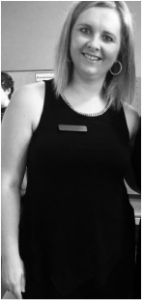
Alison Capelle is a music teacher at Bethesda Elementary, Waukesha, WI, USA. It is her 6th year in the School District of Waukesha and 16th year of teaching. She taught K-4 General Music for 10 years in the Howard-Suamico School District near Green Bay, WI. She received her Master’s Degree in Music Education with an emphasis in Orff Schulwerk from the University of St. Thomas in St. Paul, MN. As an educator, it is her goal to provide a positive learning environment in which students may experience all aspects of music, thus promoting lifelong advocacy for the musical arts. In her spare time, she enjoys singing, playing piano, reading, and spending time with her family.
Looking for More Resources for Music Teachers?
Hello! I’m Katie Argyle – an Australian music technology trainer and consultant with a passion for helping music teachers through my business Midnight Music.
I’m a qualified teacher but no, I don’t currently teach in a school. I help teachers through my online professional development space – the Midnight Music Community – where there are tutorial videos, courses, links and downloadable resources.
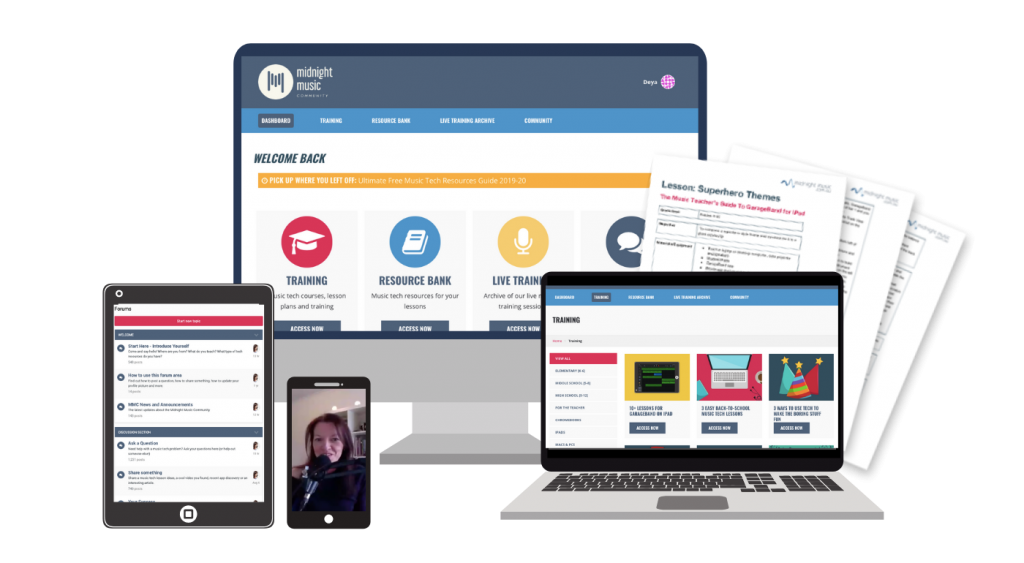
I like to focus on easy ways to incorporate technology into what you are already doing in your music curriculum through a range of creative projects. I also run live workshops and have presented at countless conferences and other music education events.
If you want simple, effective ideas for using technology in music education, I would LOVE to help you inside the Midnight Music Community.

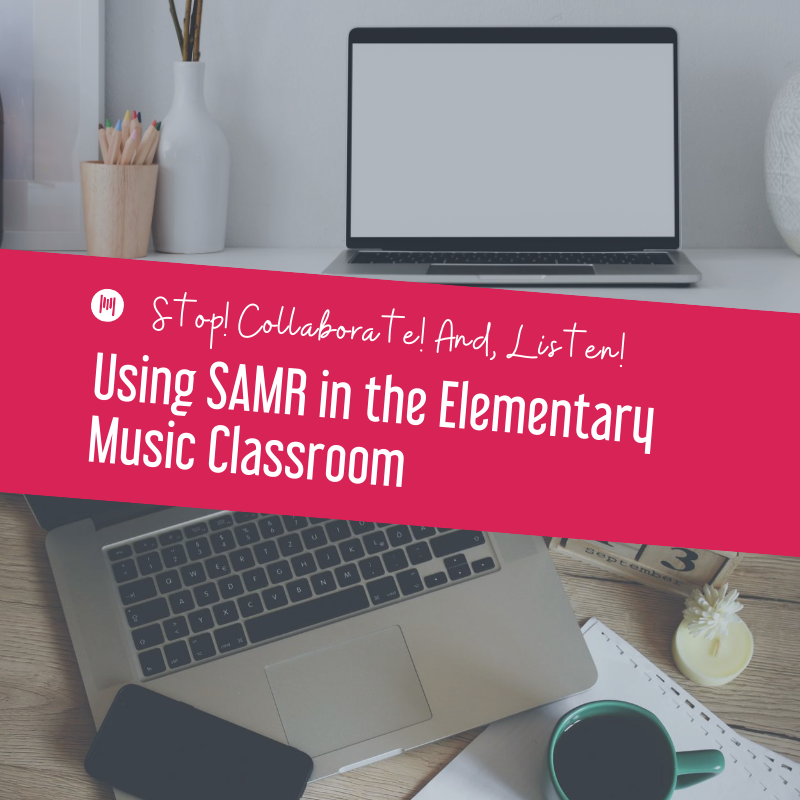

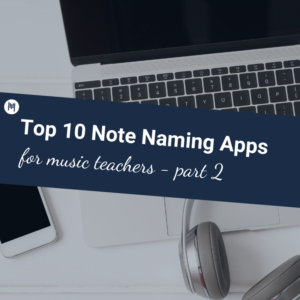
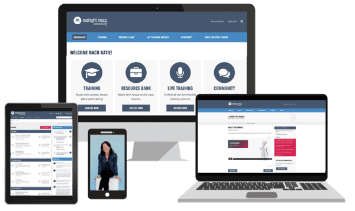



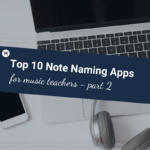
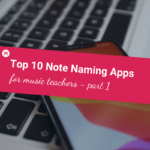
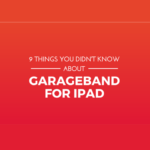
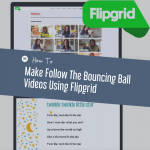
One Comment
[…] the SAMR Model (Stop! Collaborate! And, Listen! Using SAMR in the Elementary Music Classroom) helps to address how technology can be integrated into teaching and learning, it does not address […]